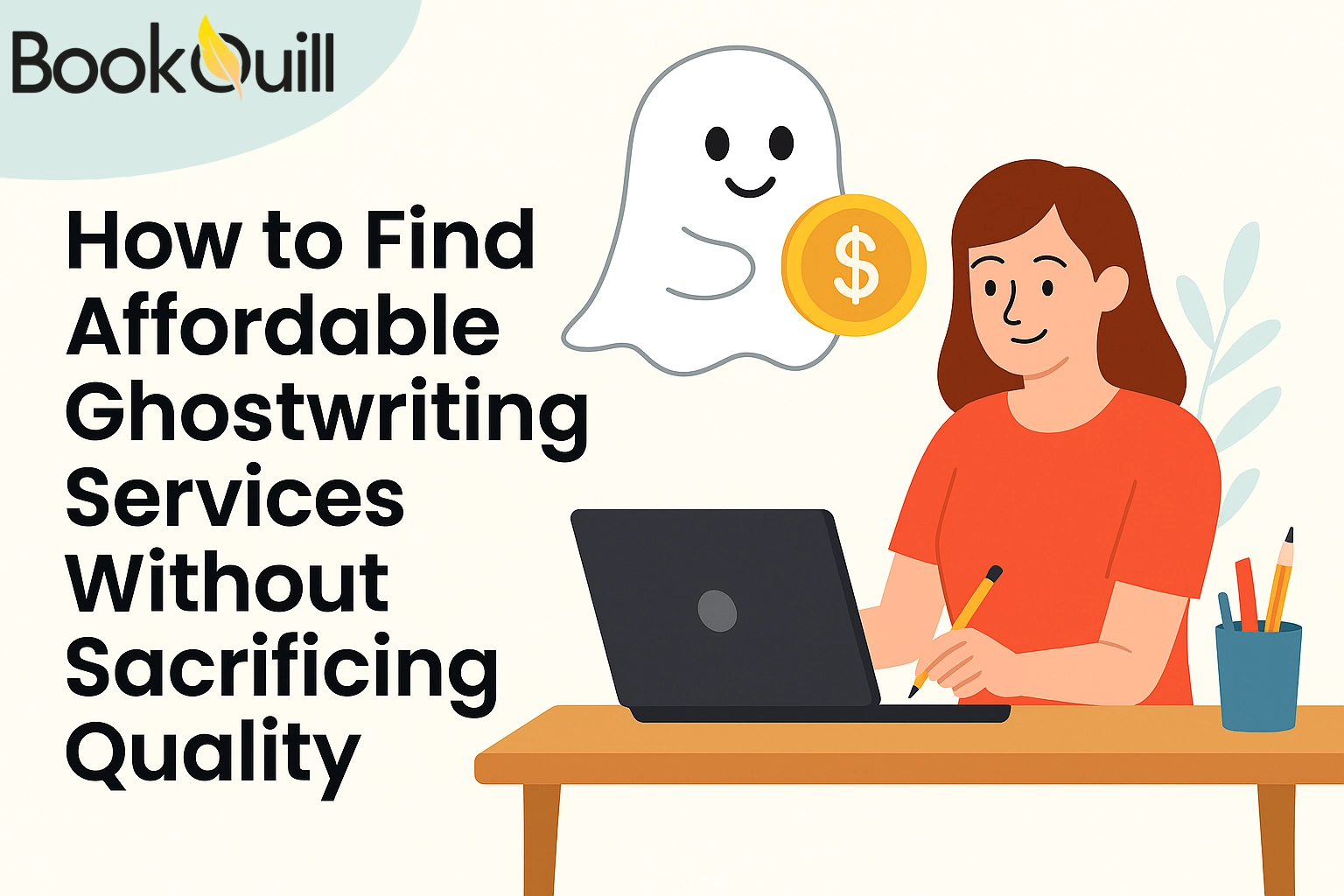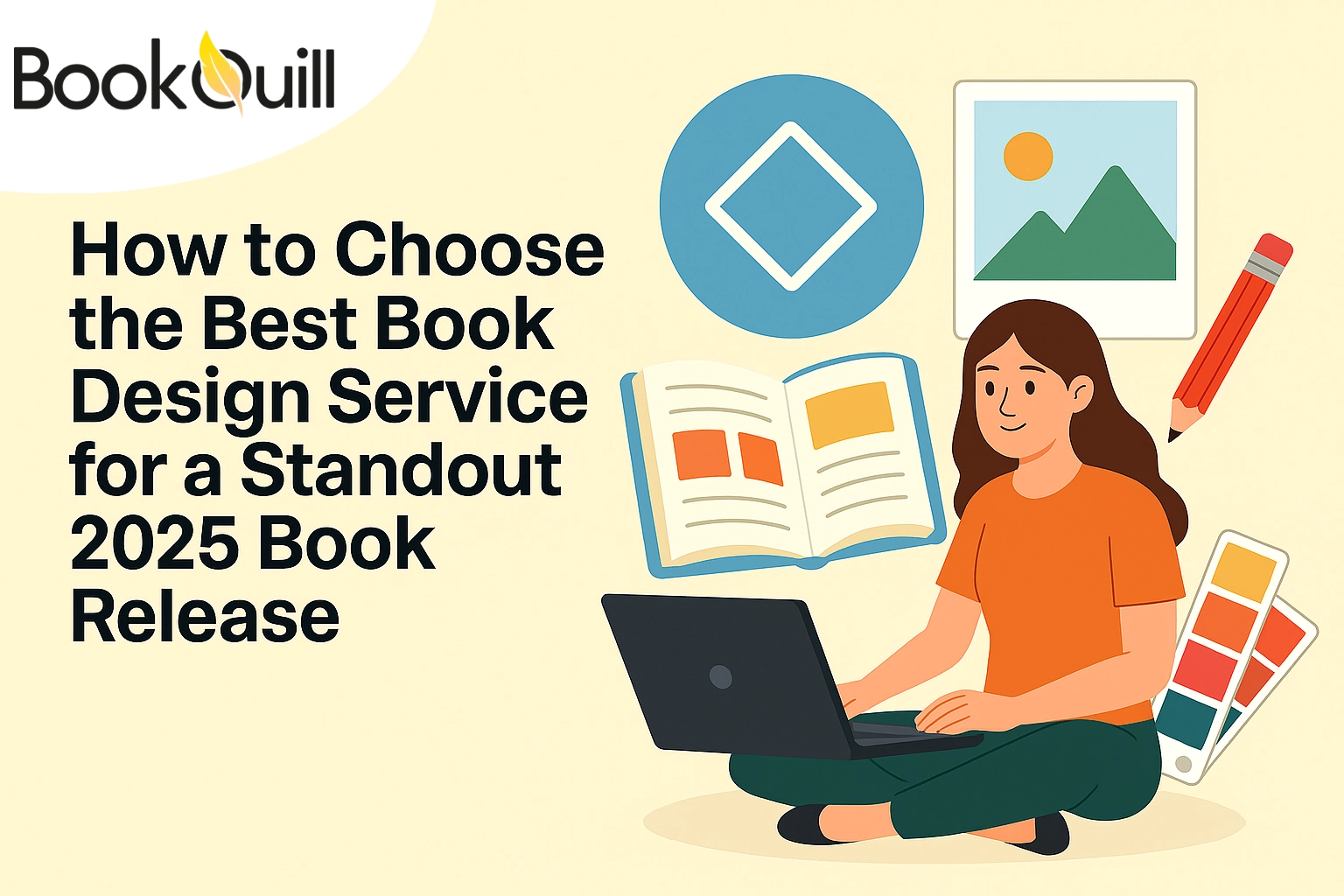Table of Contents
Explore Blogs
Trending on Ebook
Plotting Your Journey: How to Map Out Your Story’s Structure

Every great story starts with a roadmap. Think of it as your blueprint, guiding you through the twists and turns of your narrative. Just like a traveler needs a map to navigate unknown terrain, a writer needs a well-thought-out structure to create a story.
For writing a novel, screenplay, or short story, having a well-structured plot will keep your narrative engaging, coherent, and satisfying for your audience.
But how do you go from a vague idea to a solid structure that guides your story from beginning to end? The answer lies in understanding the important elements of plotting and how they interconnect to form a journey for your characters and readers alike.
Key Takeaways
- Story Structure – Craft a compelling narrative, whether you’re writing a novel or a short story, that can captivate your readers and keep them engaged from beginning to end.
- The Journey of Lead – It provides a reliable framework, guiding characters through transformative experiences.
- The Six Act Structure – It offers a detailed approach, dividing a story into setup, key turning points, climax, and resolution.
- Allies – It is good for raising action and influencing the protagonist’s development.
- Conflict and Setbacks – It drives engagement, ensuring the protagonist faces meaningful challenges.
- End of Story – A well-planned resolution leaves a lasting impact, showing how the journey changed the protagonist.
Knowing the Purpose of the Story Writing Structure
Story structure blueprint is more than just a sequence of events; it’s the backbone that holds everything together. Without structure, a story risks losing direction, leaving readers confused or dissatisfied. A well-structured story ensures a natural flow, builds tension effectively, and delivers an emotionally satisfying conclusion.
It also helps you, as the writer, maintain focus, avoid plot holes, and manage pacing. Structure doesn’t mean limiting creativity—it provides a framework that enhances storytelling and allows you to get more surprises, depth, and emotional resonance. This way, when the audience reads your work, they will love it and speak about it to their friends.
What Is 6 Act Structure?
It is an expansion of the classic three-act format, which provides a more detailed framework for storytelling.
It breaks the story into:
- Setup
- Inciting Incident
- First Turning Point
- Mid-Point
- Second Turning Point
- Climax
- Resolution
How to Plan Your Story According to This Structure?
If you want each part of the story to contribute meaningfully, read each structure and map out accordingly to enhance the pace.
Act # 1 – Setup
The setup is where the story begins, introducing the protagonist, their world, and their current way of life. This section establishes the setting, whether it’s a futuristic city, a medieval kingdom, or a quiet suburban town. The protagonist’s personality, strengths, weaknesses, and motivations should be subtly woven to allow the audience to connect with them. Supporting characters may be introduced, but only in a way that enhances the protagonist’s story.
An important element here is foreshadowing—hints of what’s to come should be embedded within the normalcy of this world. The key to a compelling setup is balance; too much exposition can overwhelm the reader, while too little can make them feel disconnected. The setup should create curiosity and investment, and it should make readers eager to see what will disrupt this ordinary world.
One great example is “Harry Potter and the Sorcerer’s Stone” by J.K. Rowling. The novel starts by introducing Harry’s mundane life with the Dursleys, showcasing his struggles and foreshadowing the magical world he is about to enter. The setup effectively builds curiosity while establishing character relationships and the overall tone. If you can’t do it by yourself as a new writer, you should take premium book writing help.
Act # 2 – Inciting Incident
This is the moment that shakes the protagonist’s world and forces them into action. It could be an external event like an unexpected betrayal, an attack, or an opportunity they can’t ignore. Alternatively, it could be an internal realization—perhaps they uncover a secret about themselves or experience a dramatic shift in their beliefs.
This event should be urgent and unavoidable, compelling the protagonist to respond, even if they resist at first. It must introduce the central conflict and hint at the antagonist’s power. The inciting incident should be impactful enough that ignoring it is not an option.
If it is weak or delayed for too long, the story risks losing momentum. For that purpose, you can hire top bookwriting companies to make it better. Readers must feel the weight of this moment and recognize that life for the protagonist will never be the same again.
Act # 3 – First Turning Point
At this stage, the protagonist makes a crucial decision that propels them into the core of the story. They move beyond reacting to actively making choices that affect the plot. This moment is significant because it marks their transition from their old world into the unknown, often requiring them to leave their comfort zone.
They might set out on a journey, confront an enemy, or embrace a new identity. This phase also introduces the first real obstacles, forcing the protagonist to struggle and adapt. They may gain allies or mentors, but the primary focus is on their commitment to change.
In “The Hunger Games” by Suzanne Collins, Katniss Everdeen’s decision to volunteer as tribute in place of her sister is the turning point that thrusts her into the Games. The tension rises, and the stakes become clearer. If the turning point lacks weight, the story risks feeling directionless.
The protagonist should face genuine difficulty in making this choice, ensuring that their decision feels earned and meaningful.
Act # 4 – Mid-Point
The midpoint serves as a dramatic turning point, shifting the protagonist’s perception of the conflict. It often involves a major revelation—something they didn’t previously understand about themselves, the antagonist, or the world they are navigating. This could be a betrayal, an unexpected consequence, or a shocking truth.
At this moment, the protagonist evolves from a passive participant to someone who takes full control of their destiny. The midpoint prevents the story from stagnating, giving it new energy and direction. A weak midpoint can make the second half of the story feel repetitive or predictable.
Instead, it should deepen the conflict, forcing the protagonist to rethink their approach. This section also raises the emotional stakes, ensuring that whatever happens next feels more urgent and intense.
Act # 5 – Second Turning Point
Just when the protagonist seems close to victory, they experience their most devastating loss. This is the moment where all hope seems lost, where their plan fails, and they question everything. They may suffer a personal loss, be betrayed by someone they trusted, or face the crushing reality of their situation.
The antagonist often appears at their most powerful, supporting the idea that the protagonist is outmatched. This phase should push the protagonist to their emotional and physical limits and make them reconsider their beliefs and values. It is a test of character—will they give up, or will they find the strength to push forward?
A weak, darkest moment can make the climax feel unearned, so this section must have real consequences.
For example, take Alan Gratz’s book Allies. You may be thinking about what the rising action in the book Allies is. It is the build-up to the D-Day invasion, with characters facing numerous challenges and obstacles, heightening the tension and anticipation.
Act # 6 – Climax and Resolution
The climax is the ultimate confrontation, where the protagonist faces their greatest challenge. Everything they have learned throughout the story must be used in this moment. It could be a physical battle, an intense argument, or an emotional reckoning—whatever the conflict, it must feel like the peak of the story’s tension.
The protagonist either succeeds or fails, but the climax should be meaningful and satisfying. Once the central conflict is resolved, the resolution follows, showing how the protagonist has changed. Loose ends should be tied up, and the reader should see what life looks like after the climax.
This could be a return to normalcy, a bittersweet ending, or a new beginning. The key is to provide closure. Rushing this phase or leaving too many unanswered questions can leave readers feeling unfulfilled. A well-executed resolution ensures that the story leaves a lasting impact.
Popular Structures that You Can Take Inspiration From
Writers can benefit from the various structures that different authors have created to help other writers. A few of them, from which you can take lessons, are as follows:
The Hero’s Journey
A classic structure in myths and fantasy, this model follows a hero who embarks on an adventure, faces trials, and returns transformed. This framework, popularized by Joseph Campbell, consists of stages like the Call to Adventure, Ordeal, and Return with the Elixir.
The Save the Cat Beat Sheet
This method, often used in screenwriting, breaks down a story into 15 beats, ensuring a dynamic and engaging progression. It’s ideal for writers who need a more detailed roadmap.
The Seven-Point Structure
A flexible framework focusing on key turning points, including the hook, first plot point, midpoint, and climax. This approach balances structure with creative freedom.
Create a Scene List
Pen down your story’s individual scenes. Each scene should have a clear purpose, whether it’s to advance the plot, develop a character, or build tension. Arrange the scenes in a logical order and ensure there is a smooth transition between them.
Use a Plot Diagram
A plot diagram is a visual representation of your story’s structure. It typically includes the exposition, rising action, climax, falling action, and resolution. Plotting your story on a diagram can help you see the overall arc and identify any gaps or weaknesses.
How to Define Your Story’s Core Conflict
At the heart of every compelling narrative lies conflict. Conflict drives the story, shapes character arcs, and keeps readers invested. Without it, a story feels stagnant. Identify the central conflict that will fuel your narrative. Conflict can take many forms:
- Internal Conflict – A struggle within a character, such as self-doubt, fear, or moral dilemmas.
- External Conflict – Obstacles from outside forces, such as an antagonist, society, or nature.
- Philosophical Conflict – A clash of worldviews or ideals, often adding depth to themes.
Once you have determined the primary conflict, ask yourself:
What is at stake?
- How does this conflict evolve throughout the story?
- How will the protagonist’s journey change as they confront this conflict?
- A well-defined conflict ensures your story has momentum and emotional depth, making it more engaging for your audience.
EndNote
Plotting your story’s structure is like planning a journey. While you may take detours along the way, having a solid roadmap ensures you reach a satisfying destination. By understanding different plot structures, defining strong conflicts, and understanding pacing, you can craft a story that captivates readers and leaves a lasting impact.
Whether you meticulously outline or prefer a loose framework, making structure will make you tell your story with clarity, depth, and resonance.
FAQs
How do you adapt the journey of the hero to a non-traditional protagonist?
Their journey typically follows a single protagonist, but it can be adapted for ensemble casts or antiheroes by focusing on collective growth and transformation rather than individual change.
Can a story work without a structured plot?
While some experimental or literary fiction relies on looser structures, most compelling stories benefit from a defined framework to maintain reader engagement and coherence.
How do subplots fit into the 6-act structure?
Subplots should complement the main plot, offering character development or thematic depth while aligning with major turning points in the story.
How much do affordable professional book writing services cost for writing a fantasy story?
Affordable professional book writing services can range from $2,000 to $10,000 for writing a fantasy story. Costs vary based on project complexity and writer experience.
How do you balance action and character development in story writing structure?
Balancing action and character depth requires ensuring that every conflict reveals something new about the protagonist while advancing the plot.
About Author
Hi My name is Micheal Adams, When I am not watching horror movies and helping my kids with homework or reading my favorite fantasy/supernatural novels – I’m writing to guide aspiring authors. I focus on exploring and simplifying both the technical aspects and the often-overlooked details of book writing and publishing so I can empower new writers to climb the Amazon bestseller list and connect with more readers.




